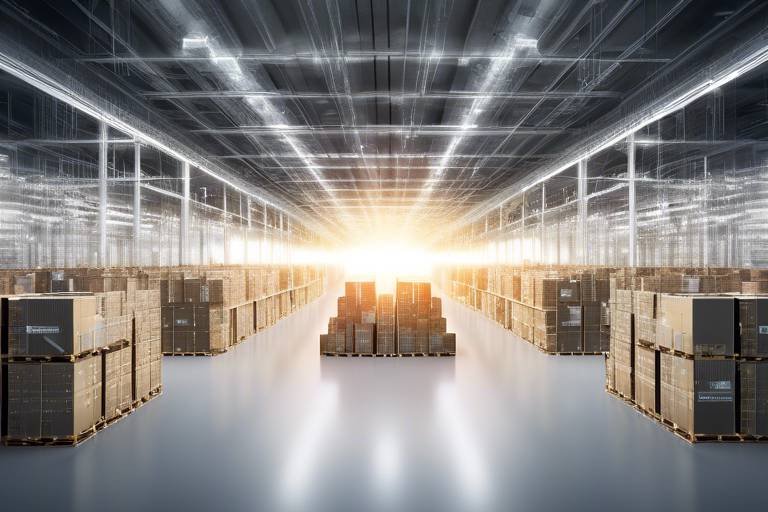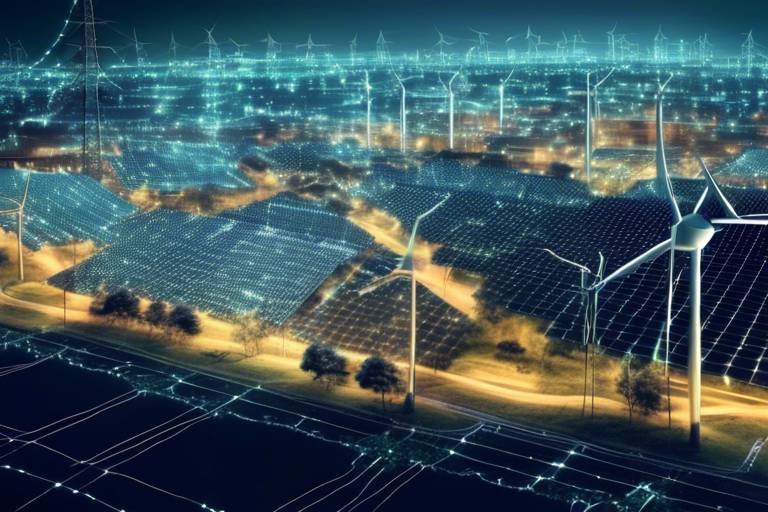The Role of Robotics in Precision Agriculture
In today's fast-paced world, agriculture is undergoing a radical transformation, and at the heart of this change is the integration of robotics. The role of robotics in precision agriculture is not just a trend; it is a revolutionary shift that is enhancing productivity, sustainability, and efficiency in farming practices. Imagine a farm where machines operate seamlessly, analyzing soil conditions, planting seeds, and even harvesting crops—all with minimal human intervention. This isn't science fiction; it's the reality of modern agriculture.
Precision agriculture refers to the use of technology to optimize field-level management regarding crop farming. By employing robotics, farmers can gather extensive data, monitor crop health, and make informed decisions that lead to better yields. The significance of this approach cannot be overstated. It allows farmers to use resources more efficiently, reduce waste, and ultimately increase profitability. But how exactly are robotics making such a profound impact?
Robots in agriculture come in various forms, each designed for specific tasks. From autonomous tractors that can plow fields without a driver to drones that survey crops from above, the applications of robotics are diverse and highly specialized. These machines are equipped with advanced sensors and AI capabilities, enabling them to perform complex tasks with precision and speed. For instance, an autonomous tractor can operate in the fields 24/7, optimizing planting and harvesting schedules based on real-time data.
Furthermore, the benefits of integrating robotics into agriculture extend beyond mere efficiency. They also contribute to sustainability. By using less water, reducing chemical usage, and minimizing soil compaction, robotic systems can help preserve the environment while maximizing output. In a world where climate change poses a significant threat to food security, such advancements are not just beneficial; they are essential.
However, the journey towards fully automated farming is not without its challenges. The initial investment in robotic technology can be substantial, and there is a pressing need for skilled technicians to operate and maintain these sophisticated machines. Despite these hurdles, the potential rewards make robotics an attractive option for farmers looking to stay competitive in an ever-evolving market.
As we look to the future, the role of robotics in precision agriculture is set to expand even further. With advancements in artificial intelligence and machine learning, we can expect smarter machines capable of making autonomous decisions based on complex data sets. This will not only enhance productivity but also pave the way for innovative farming practices that we have yet to imagine.
- What are the main benefits of using robotics in agriculture? Robotics can significantly enhance efficiency, reduce labor costs, and improve crop yields while promoting sustainable farming practices.
- Are there any downsides to implementing agricultural robots? Yes, the initial costs can be high, and there is a need for skilled personnel to manage and maintain these technologies.
- How do drones contribute to precision agriculture? Drones are used for crop monitoring, field mapping, and even applying fertilizers and pesticides, providing farmers with valuable insights into their crops.
- What is the future of robotics in agriculture? The future promises even more advanced technologies, including AI integration and smarter machines, further transforming the agricultural landscape.
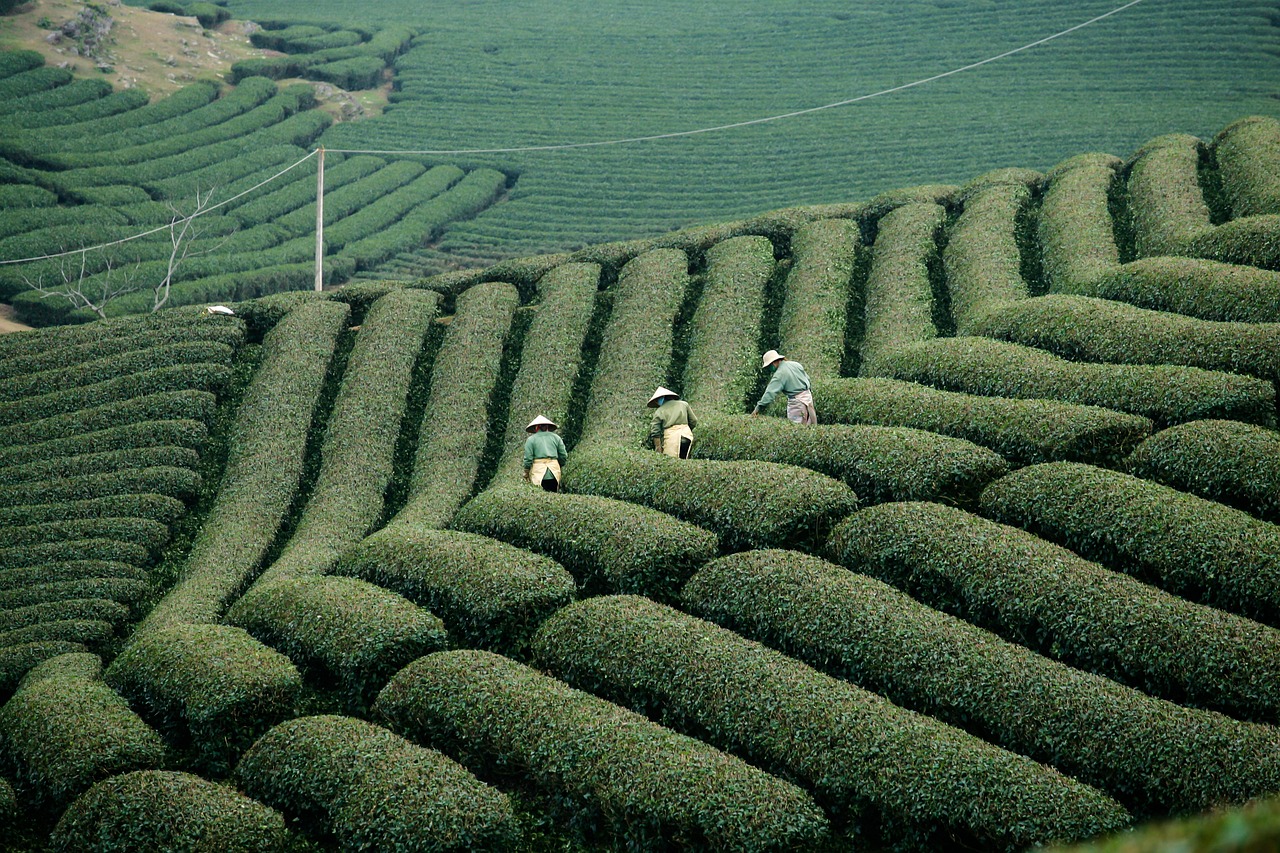
Introduction to Precision Agriculture
Welcome to the fascinating world of precision agriculture, where technology meets traditional farming practices! Imagine stepping into a field where every inch of land is monitored, analyzed, and optimized for maximum yield. This is not the future; it's happening right now! Precision agriculture is a revolutionary approach that utilizes advanced technologies to enhance farming efficiency and productivity. By harnessing tools like GPS, IoT sensors, and data analytics, farmers can make informed decisions that lead to sustainable practices and improved crop outcomes.
So, why is precision agriculture so significant today? The answer is simple yet profound. As the global population continues to grow, the demand for food skyrockets. Farmers face the daunting challenge of producing more food with fewer resources. Precision agriculture steps in as a lifeline, offering solutions that allow farmers to optimize their operations. It’s like having a personal coach for your crops—providing insights that lead to better growth, reduced waste, and ultimately, a healthier planet.
One of the key components of precision agriculture is its ability to collect data. This data can come from various sources, including satellite imagery, drones, and ground-based sensors. For instance, consider a farmer who uses drones to monitor crop health. These drones can capture high-resolution images that reveal which areas of a field are thriving and which are struggling. By analyzing this data, farmers can make targeted interventions, such as adjusting irrigation or applying fertilizers only where needed. This not only saves resources but also minimizes environmental impact.
Moreover, precision agriculture empowers farmers to practice sustainable farming. By using data-driven insights, they can reduce the use of chemicals, conserve water, and improve soil health. This means that not only are farmers increasing their productivity, but they are also contributing to a more sustainable future for agriculture. The ripple effects of these practices extend beyond the farm, positively impacting communities and ecosystems alike.
In summary, precision agriculture is a game-changer in the farming industry. It combines technology and tradition, leading to smarter farming practices that benefit everyone involved—from the farmers to the consumers. As we delve deeper into the world of robotics in agriculture, you'll see just how transformative these technologies can be. So, buckle up and get ready to explore the incredible innovations that are shaping the future of farming!

Types of Agricultural Robots
In the ever-evolving landscape of agriculture, robotics has emerged as a game-changer, introducing a variety of specialized machines that cater to the unique needs of modern farming. These agricultural robots are designed to perform specific tasks, enhancing productivity and efficiency while reducing the labor burden on farmers. From planting seeds to harvesting crops, the scope of robotic applications in agriculture is vast and varied.
One of the most notable categories of agricultural robots is the autonomous tractor. These innovative machines are equipped with advanced sensors and GPS technology, allowing them to navigate fields with precision and carry out tasks without human intervention. Imagine a tractor that can plow, seed, and fertilize your fields while you sip coffee on your porch! The convenience and efficiency they offer are simply astounding.
Another exciting type of agricultural robot is the drone. Drones have become essential tools for farmers, providing aerial views of fields that were previously impossible to obtain. They can monitor crop health, assess soil conditions, and even apply pesticides or fertilizers with pinpoint accuracy. The ability to gather real-time data from above allows farmers to make informed decisions quickly, ultimately leading to better crop management and increased yields.
Additionally, we have robotic harvesters, which are revolutionizing the way fruits and vegetables are picked. These machines are designed to gently handle delicate produce, minimizing damage while maximizing efficiency. Picture a robot arm delicately plucking ripe strawberries from the vine—this is the future of harvesting! Robotic harvesters not only save time but also reduce the risk of injury associated with manual harvesting.
Furthermore, there are weeding robots that can identify and eliminate weeds without harming crops. These robots use advanced imaging technology and algorithms to differentiate between crops and weeds, allowing them to apply targeted treatments. This not only reduces the need for herbicides but also promotes sustainable farming practices.
In summary, the types of agricultural robots available today are as diverse as the challenges they seek to address. From autonomous tractors and drones to robotic harvesters and weeding machines, each plays a crucial role in transforming agriculture into a more efficient and sustainable industry. As these technologies continue to advance, we can only imagine the endless possibilities that lie ahead for farmers around the globe.
- What are the main benefits of using agricultural robots?
Agricultural robots enhance efficiency, reduce labor costs, and improve crop management through precise data collection and automation. - How do drones contribute to precision agriculture?
Drones provide aerial imagery and data analysis, allowing farmers to monitor crop health and soil conditions effectively. - Are autonomous tractors safe to use?
Yes, autonomous tractors are equipped with advanced safety features and sensors to navigate fields safely without human intervention. - What challenges do farmers face when implementing agricultural robots?
High initial costs and the need for skilled technicians to operate and maintain these machines can pose challenges.
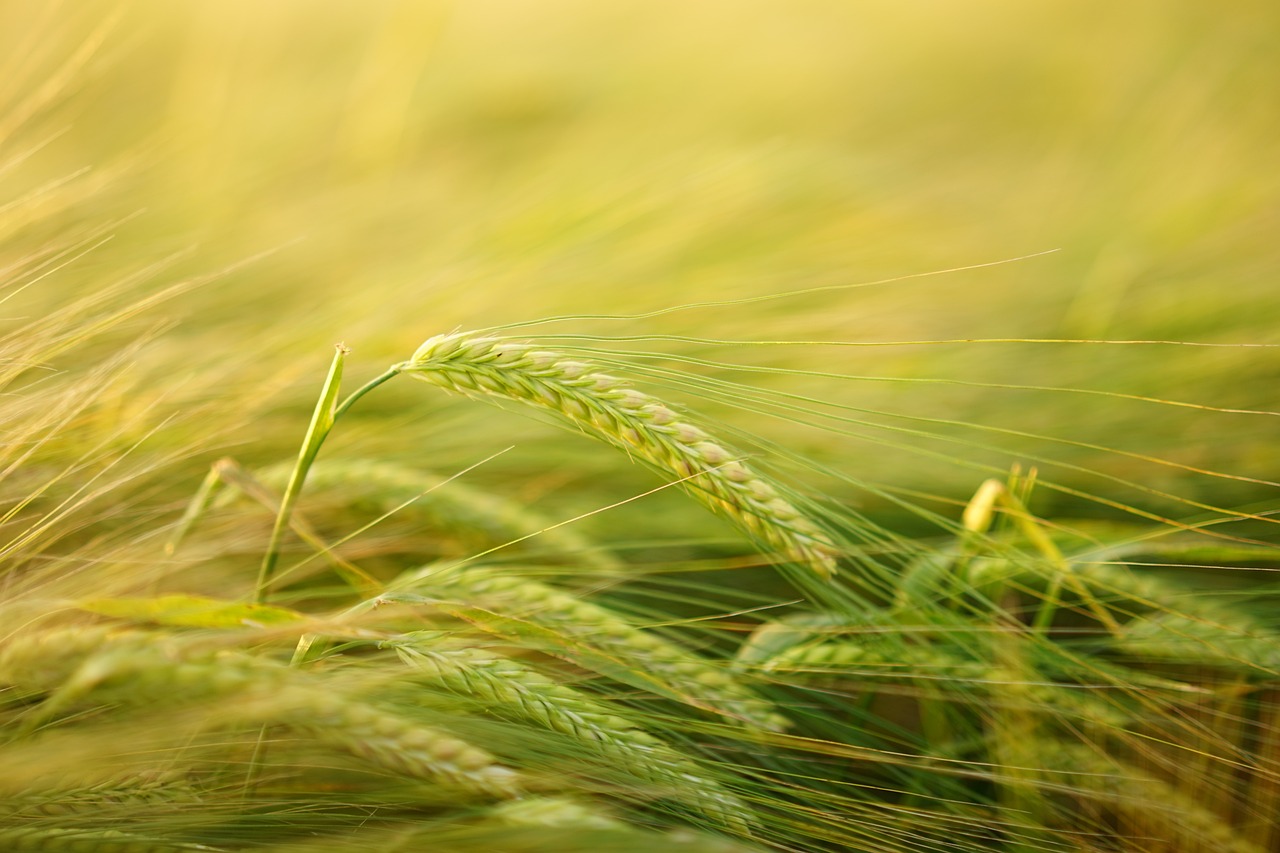
Autonomous Tractors
Autonomous tractors are at the forefront of the agricultural revolution, dramatically changing the way farmers approach fieldwork. Imagine a machine that can plow, plant, and harvest without a human being at the wheel—this is not science fiction; it's the reality of modern farming. These high-tech machines are equipped with advanced sensors, GPS technology, and artificial intelligence, allowing them to navigate fields with precision and efficiency. They can operate around the clock, rain or shine, tackling tasks that would typically require a team of workers.
One of the most exciting aspects of autonomous tractors is their ability to perform complex tasks while minimizing human error. For instance, they can adjust their speed and direction based on real-time data from their surroundings, ensuring that every inch of soil is treated optimally. This level of precision not only improves yields but also conserves resources like water and fertilizer, making farming more sustainable.
Moreover, autonomous tractors can be programmed to perform specific tasks based on the needs of the crops. For example, they can be set to plant seeds at precise depths and intervals, which is crucial for maximizing growth potential. This capability significantly reduces the chances of over-planting or under-planting, leading to more consistent crop yields. The integration of technology in these tractors means that farmers can rely on data-driven decisions rather than guesswork, which is a game-changer in the agricultural sector.
However, the adoption of autonomous tractors is not without its challenges. Farmers must consider the initial investment required to purchase these advanced machines, which can be substantial. Additionally, there is a learning curve associated with operating and maintaining such technology. Farmers will need to invest time and resources into training and support to ensure they can effectively utilize these machines. Despite these hurdles, the long-term benefits of increased efficiency and reduced labor costs make autonomous tractors an attractive option for many.
In summary, autonomous tractors are transforming the landscape of agriculture. With their ability to enhance productivity, improve precision, and operate independently, they represent a significant leap forward in farming technology. As more farmers embrace this innovation, we can expect to see a shift toward more efficient and sustainable farming practices, paving the way for a new era in agriculture.
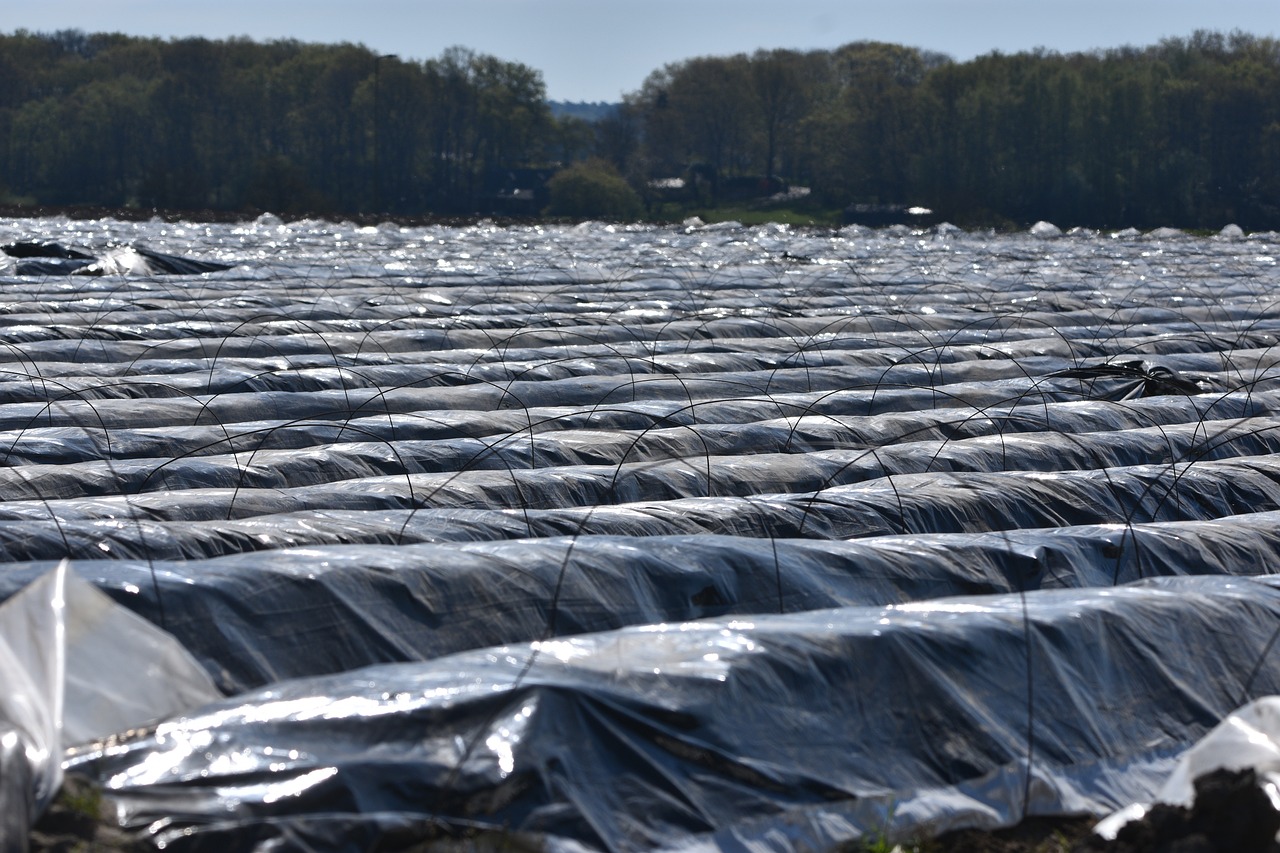
Benefits of Autonomous Tractors
Autonomous tractors are not just a futuristic concept; they are a game-changer in the world of agriculture. These innovative machines bring a multitude of benefits that can significantly enhance farming operations. One of the most notable advantages is the reduction in labor costs. With autonomous tractors, farmers can minimize their reliance on manual labor, which has become increasingly expensive and hard to find. Imagine a scenario where a farmer can operate multiple machines simultaneously without the need for a full crew—this is the reality that autonomous tractors offer.
Another compelling benefit is the increase in precision. Autonomous tractors are equipped with advanced GPS and sensor technologies that allow them to perform tasks with pinpoint accuracy. This level of precision means that farmers can optimize their operations, reducing waste and ensuring that resources such as seeds, water, and fertilizers are used more efficiently. For example, a study found that using autonomous tractors can lead to a 15-20% reduction in input costs due to more accurate application of resources.
Furthermore, these tractors can operate for extended hours without the fatigue that affects human workers. This capability allows farmers to maximize their productivity, especially during critical planting and harvesting seasons. Imagine being able to work the fields at night or in adverse weather conditions without compromising the quality of work—this is the power of automation.
However, the benefits of autonomous tractors extend beyond just efficiency and cost savings. They also contribute to sustainability. By optimizing resource use and minimizing soil compaction through precise driving patterns, these machines help in maintaining the health of the soil, which is crucial for long-term agricultural productivity. In essence, autonomous tractors are not only enhancing productivity but are also paving the way for a more sustainable future in farming.
In summary, the adoption of autonomous tractors in agriculture offers:
- Reduced Labor Costs: Less reliance on human labor can save money.
- Increased Precision: Advanced technologies ensure accurate operations.
- Extended Operating Hours: Machines can work longer without fatigue.
- Sustainability Benefits: Optimized resource use supports soil health.
The integration of these technologies is not just a trend; it's a revolution in how we approach farming. As more farmers recognize these benefits, the adoption of autonomous tractors is likely to grow, leading to a more efficient and sustainable agricultural landscape.
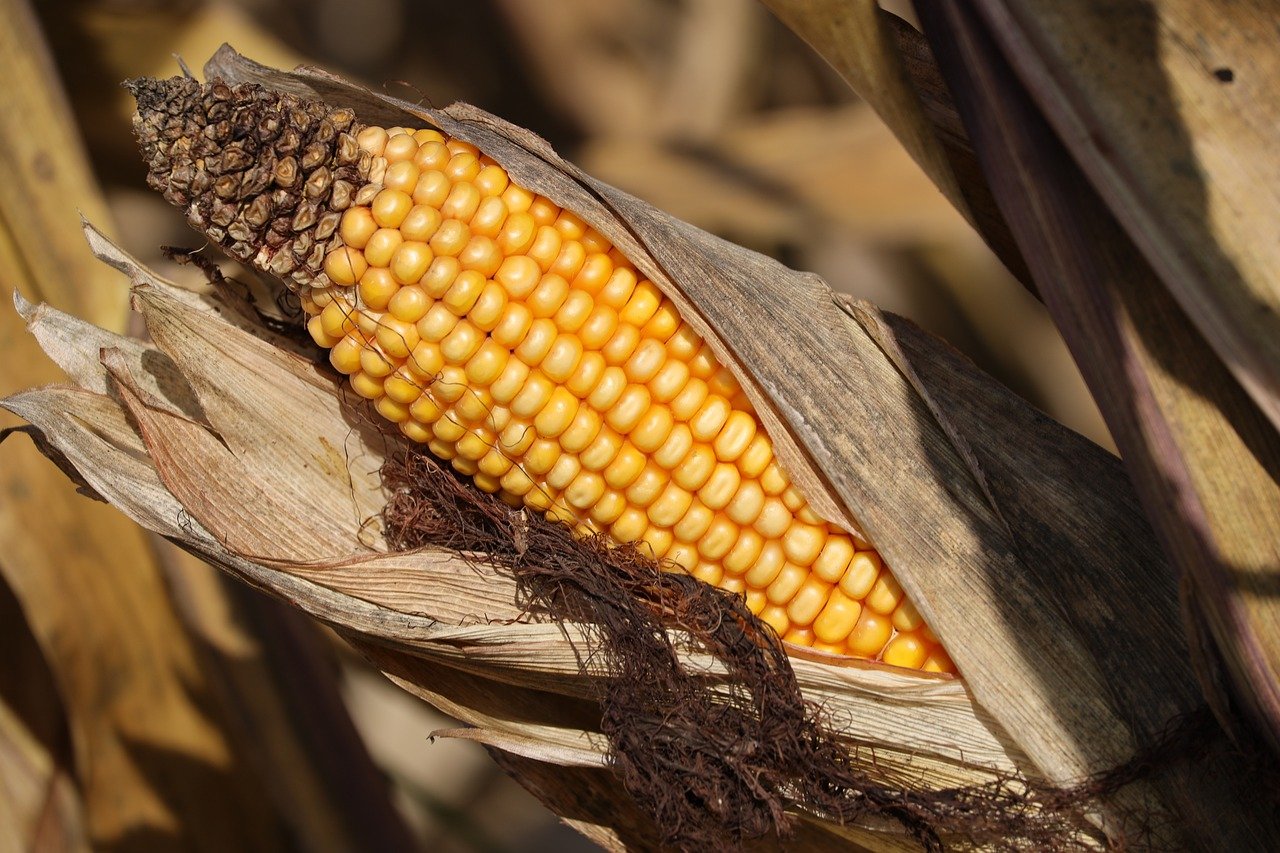
Challenges of Implementing Autonomous Tractors
While the advent of autonomous tractors heralds a new era in agriculture, the journey to widespread adoption is not without its hurdles. One of the primary challenges is the high initial cost associated with these advanced machines. Farmers, especially those operating on smaller scales, often find it difficult to justify the expense of purchasing autonomous equipment. The upfront investment can be substantial, and many farmers might hesitate to take the plunge without clear assurances of return on investment.
Another significant challenge is the need for skilled technicians to operate and maintain these sophisticated systems. Unlike traditional tractors that require basic mechanical knowledge, autonomous tractors come equipped with advanced technology that necessitates a different skill set. Farmers may need to invest in training for their staff or hire new employees with the requisite technical expertise. This transition can be daunting, particularly in rural areas where access to training programs is limited.
Moreover, there are concerns about regulatory compliance. As autonomous tractors operate without human intervention, they must adhere to various local and national regulations regarding safety and operational standards. Navigating these regulations can be complex and time-consuming. Farmers may find themselves caught in a web of legal requirements that can delay the deployment of autonomous technology.
Additionally, the integration with existing farm management systems poses another challenge. Many farmers have established workflows and systems that may not easily accommodate new technology. Ensuring that autonomous tractors can communicate and operate seamlessly with existing equipment and software is essential for maximizing their potential. This integration requires careful planning and potentially further investment in technology.
Lastly, there is the issue of public perception. Many people are still skeptical about the safety and reliability of autonomous machines. Concerns about job displacement and the potential for accidents can create resistance among the farming community and the public. Addressing these fears through education and transparency is crucial for fostering acceptance of autonomous tractors.
In summary, while the benefits of autonomous tractors are clear, the challenges of implementation cannot be overlooked. From financial constraints to regulatory hurdles and public perception, farmers must navigate a complex landscape to fully realize the advantages of this transformative technology.
- What are autonomous tractors? Autonomous tractors are self-operating machines that perform agricultural tasks without human intervention.
- What are the main benefits of using autonomous tractors? They offer reduced labor costs, increased precision, and the ability to work longer hours.
- What challenges do farmers face when implementing autonomous tractors? High initial costs, the need for skilled technicians, regulatory compliance, integration with existing systems, and public perception are some of the challenges.
- How can farmers overcome these challenges? By investing in training, seeking financial assistance, and engaging with the community to address concerns about automation.
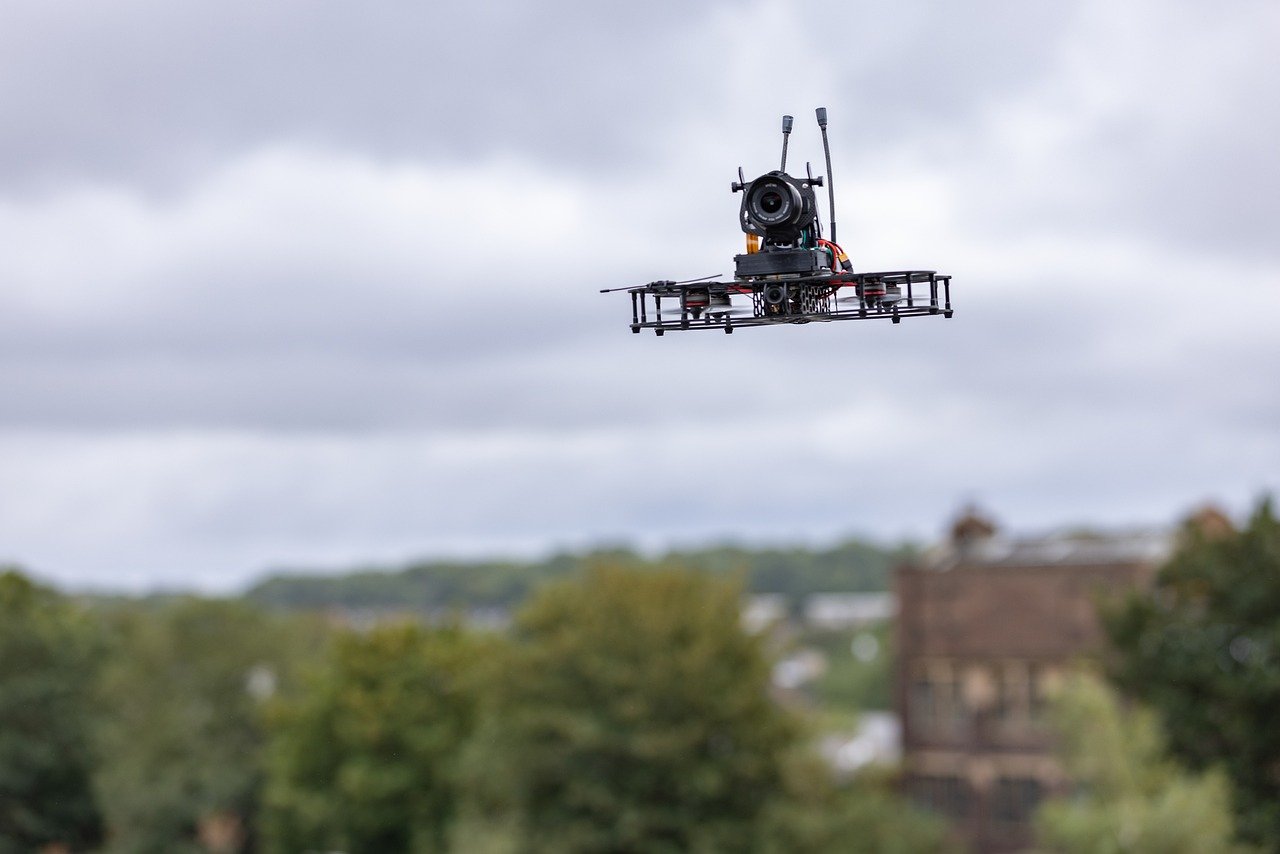
Drone Technology in Agriculture
In recent years, drone technology has emerged as a game-changer in the realm of agriculture, significantly enhancing the way farmers manage their crops. Drones, or unmanned aerial vehicles (UAVs), are equipped with advanced sensors and cameras that allow them to capture high-resolution images and collect vital data about the fields below. Imagine having the ability to monitor your entire farm from the sky, pinpointing areas that need attention with incredible precision. This technological marvel not only saves time but also optimizes resource use, making it a crucial tool in precision agriculture.
One of the primary applications of drones in agriculture is crop monitoring. Farmers can utilize drones to assess plant health, identify pest infestations, and evaluate crop density. By analyzing aerial imagery, they can spot issues that may not be visible from the ground, allowing for timely interventions. For instance, if a farmer notices that a section of their field is showing signs of stress, they can apply targeted treatments rather than treating the entire field, which is not only cost-effective but also environmentally friendly.
Drones also play a vital role in field mapping. With the help of GPS technology, drones can create detailed maps that show variations in soil health, moisture levels, and nutrient content. This data enables farmers to make informed decisions about planting, fertilization, and irrigation. The ability to visualize these factors on a map allows for better planning and management, leading to increased yields and reduced waste.
Additionally, drones are instrumental in the application of inputs. Farmers can use drones to deliver fertilizers and pesticides directly to specific areas of the field. This method, often referred to as precision spraying, minimizes chemical use and reduces the risk of runoff into nearby water sources. By applying these inputs only where they are needed, farmers can enhance crop health while promoting sustainability.
However, the integration of drone technology in agriculture is not without its challenges. Farmers must navigate regulations regarding airspace and privacy, and there is a learning curve associated with operating these sophisticated machines. Additionally, the initial investment in drone technology can be significant, which may deter some from adopting this innovative approach. Nonetheless, the long-term benefits of increased efficiency and productivity often outweigh these initial hurdles.
In summary, drone technology is revolutionizing the agricultural landscape by providing farmers with tools that enhance monitoring, mapping, and input application. As technology continues to evolve, we can expect even greater advancements in drone capabilities, further solidifying their role in the future of precision agriculture.
- How do drones improve crop monitoring? Drones provide high-resolution images and data that help farmers identify issues like pest infestations and plant stress early on.
- What is precision spraying? Precision spraying is the targeted application of fertilizers and pesticides using drones, which minimizes chemical use and environmental impact.
- Are there regulations for using drones in agriculture? Yes, farmers must comply with local regulations regarding airspace and drone operation to ensure safety and privacy.
- What are the initial costs associated with drone technology? The costs can vary significantly based on the type of drone and its capabilities, but investing in drone technology can lead to long-term savings through increased efficiency.
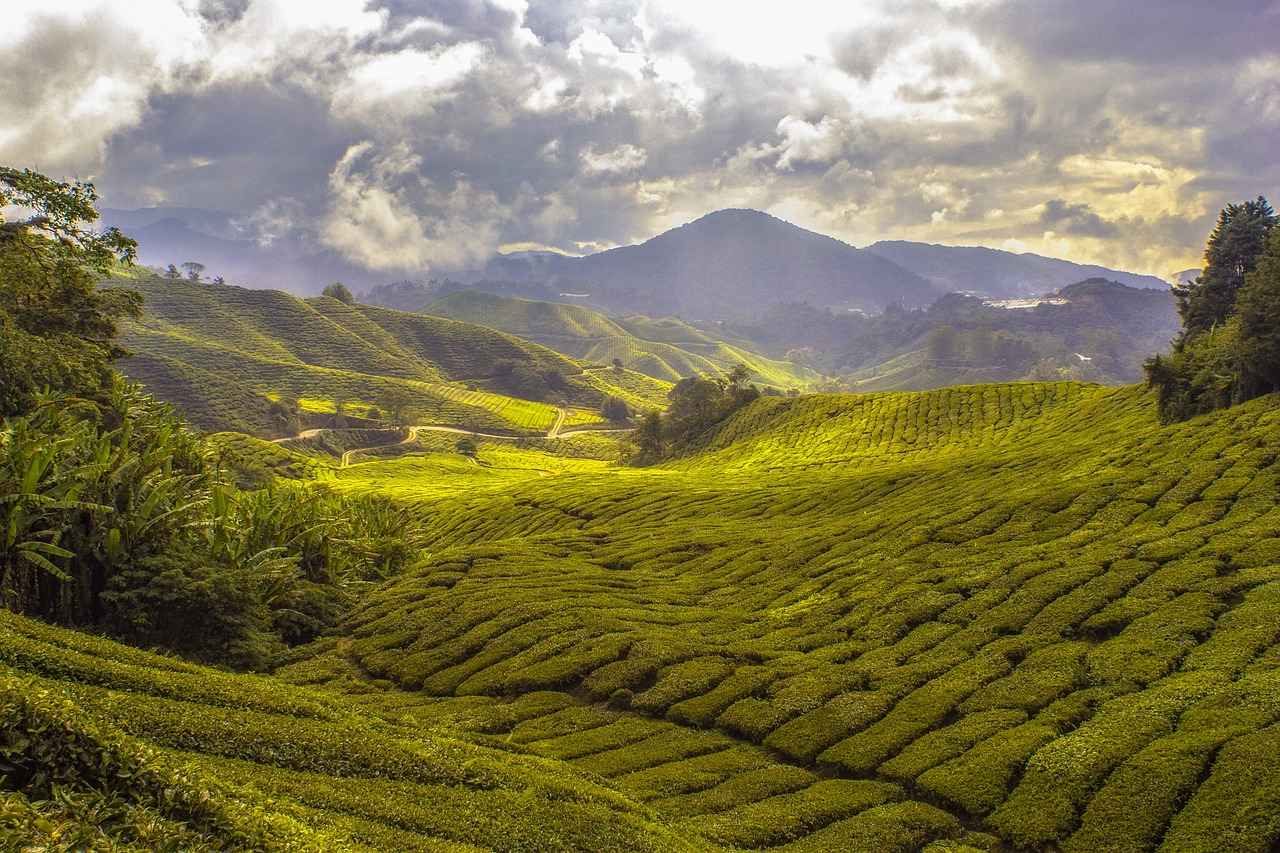
Data Collection and Analysis
In the realm of modern agriculture, stand as the backbone of effective decision-making. With the integration of robotics, farmers are now equipped with the ability to gather an unprecedented amount of data from their fields. This data is not just numbers on a spreadsheet; it represents crucial insights into crop health, soil conditions, and environmental factors that can significantly influence yield. Imagine walking through a field where every plant is monitored in real-time, providing immediate feedback on its status—this is the power of robotics in agriculture.
One of the most exciting aspects of robotic technology is the variety of sensor technologies employed to collect data. These sensors can measure everything from soil moisture and temperature to nutrient levels and pest activity. The integration of these sensors into agricultural robots allows for comprehensive monitoring, ensuring that farmers can make informed decisions. For instance, a farmer might use a robot equipped with soil moisture sensors to determine the optimal time for irrigation, thus conserving water and enhancing crop health.
Moreover, the data collected is not merely for observation; it serves as a foundation for data analysis which transforms raw information into actionable insights. Advanced algorithms and machine learning techniques are applied to analyze the data, allowing farmers to identify patterns and trends that would otherwise remain hidden. For example, by analyzing historical yield data alongside current sensor readings, farmers can predict which areas of their fields may underperform and adjust their strategies accordingly.
To illustrate the impact of data collection and analysis, consider the following table that summarizes the benefits:
| Benefit | Description |
|---|---|
| Enhanced Decision-Making | Data-driven insights help farmers make better choices regarding crop management. |
| Resource Optimization | Efficient use of water, fertilizers, and pesticides leads to cost savings and sustainability. |
| Yield Improvement | Identifying and addressing issues promptly can lead to higher crop yields. |
| Risk Management | Predictive analytics can help mitigate risks associated with weather and pests. |
In addition to enhancing productivity, the data-driven approach fosters a more sustainable farming practice. By precisely analyzing data, farmers can minimize the use of chemicals and resources, thus reducing their environmental footprint. This is akin to having a personal coach that not only tracks your performance but also suggests the best strategies to improve without overexerting yourself.
As we look toward the future, the importance of data collection and analysis in agriculture cannot be overstated. With the continuous advancements in robotics and AI, the potential for even more sophisticated data analysis tools is on the horizon. These tools will empower farmers to not just react to changes in their fields but to anticipate them, leading to a new era of precision agriculture where every decision is backed by solid data.
- What types of data can agricultural robots collect?
Agricultural robots can collect data on soil conditions, crop health, moisture levels, and pest populations, among other things. - How does data analysis improve crop yields?
By analyzing data, farmers can identify issues early and optimize their farming practices, leading to improved crop health and higher yields. - Are there any downsides to using robotics for data collection?
While there are many benefits, challenges include high initial costs and the need for technical expertise to operate and maintain the systems.
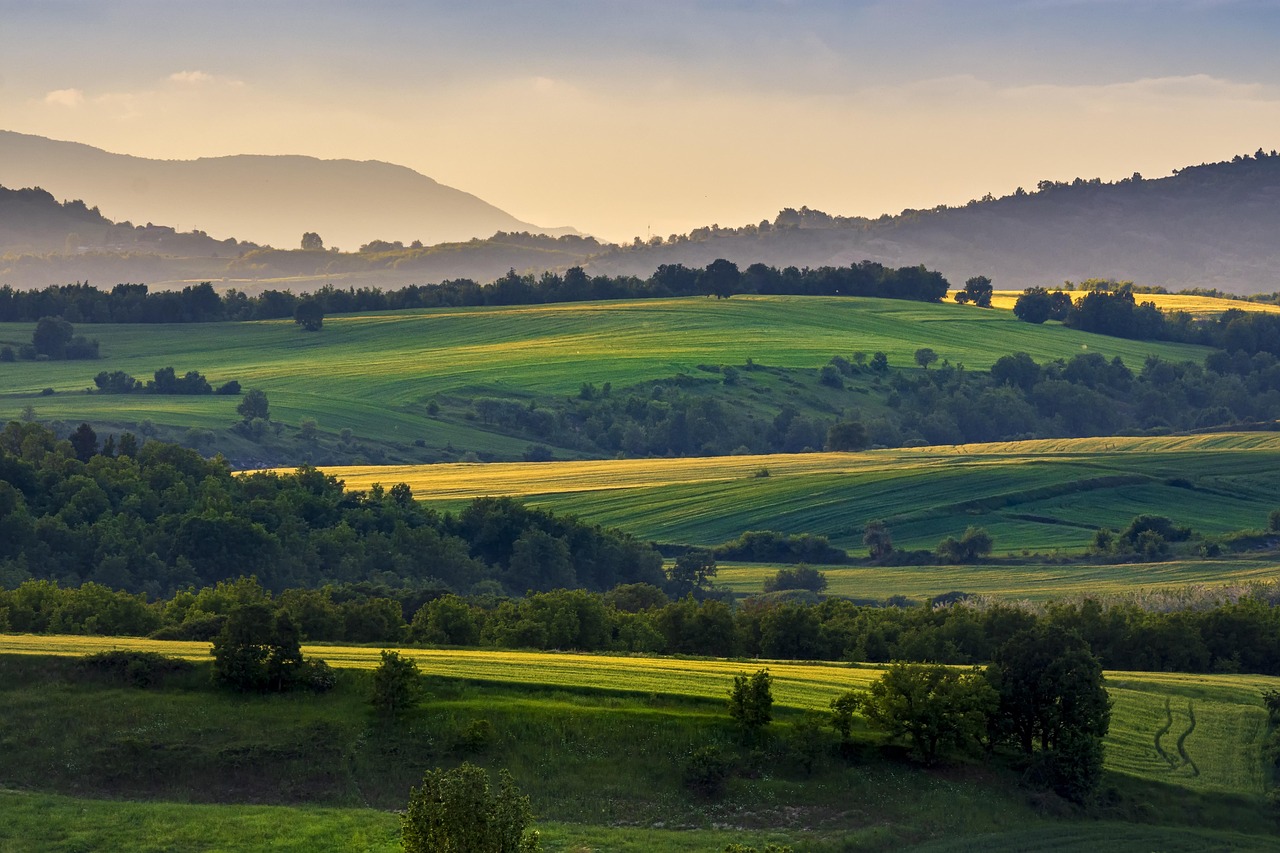
Sensor Technologies
In the rapidly evolving world of precision agriculture, play a pivotal role in transforming farming practices. These advanced sensors are the eyes and ears of modern agricultural robots, enabling them to gather critical data about the environment, crops, and soil conditions. By leveraging sensor technology, farmers can make informed decisions that enhance productivity and sustainability, ultimately leading to better crop yields.
There are several types of sensors utilized in agriculture, each designed for specific tasks. For instance, soil moisture sensors help farmers monitor the hydration levels of their fields, ensuring that crops receive the right amount of water at the right time. Similarly, temperature and humidity sensors provide insights into the microclimate conditions affecting crop growth. These sensors can be integrated into autonomous tractors and drones, allowing for real-time data collection and analysis.
One of the most exciting advancements in sensor technology is the use of multispectral and hyperspectral sensors. These sensors can capture data across different wavelengths of light, enabling farmers to assess plant health and detect issues such as nutrient deficiencies or pest infestations before they become visible to the naked eye. This early detection capability empowers farmers to take proactive measures, reducing the need for chemical interventions and promoting sustainable practices.
The integration of sensors into agricultural robots not only enhances data collection but also improves the overall efficiency of farming operations. For example, when combined with machine learning algorithms, sensor data can be analyzed to predict crop yields, optimize planting schedules, and even automate irrigation systems. This level of precision ensures that resources are used wisely, minimizing waste and maximizing output.
Moreover, the data collected by these sensors can be visualized through advanced software platforms, allowing farmers to easily interpret complex information. This visualization can take the form of heat maps that indicate areas of high and low crop health or moisture levels. By understanding these patterns, farmers can make strategic decisions that lead to more effective resource allocation.
In conclusion, sensor technologies are revolutionizing precision agriculture by providing farmers with the tools they need to monitor and manage their crops effectively. As these technologies continue to advance, we can expect to see even greater integration of sensors into agricultural practices, leading to a future where farming is not only more productive but also more sustainable.
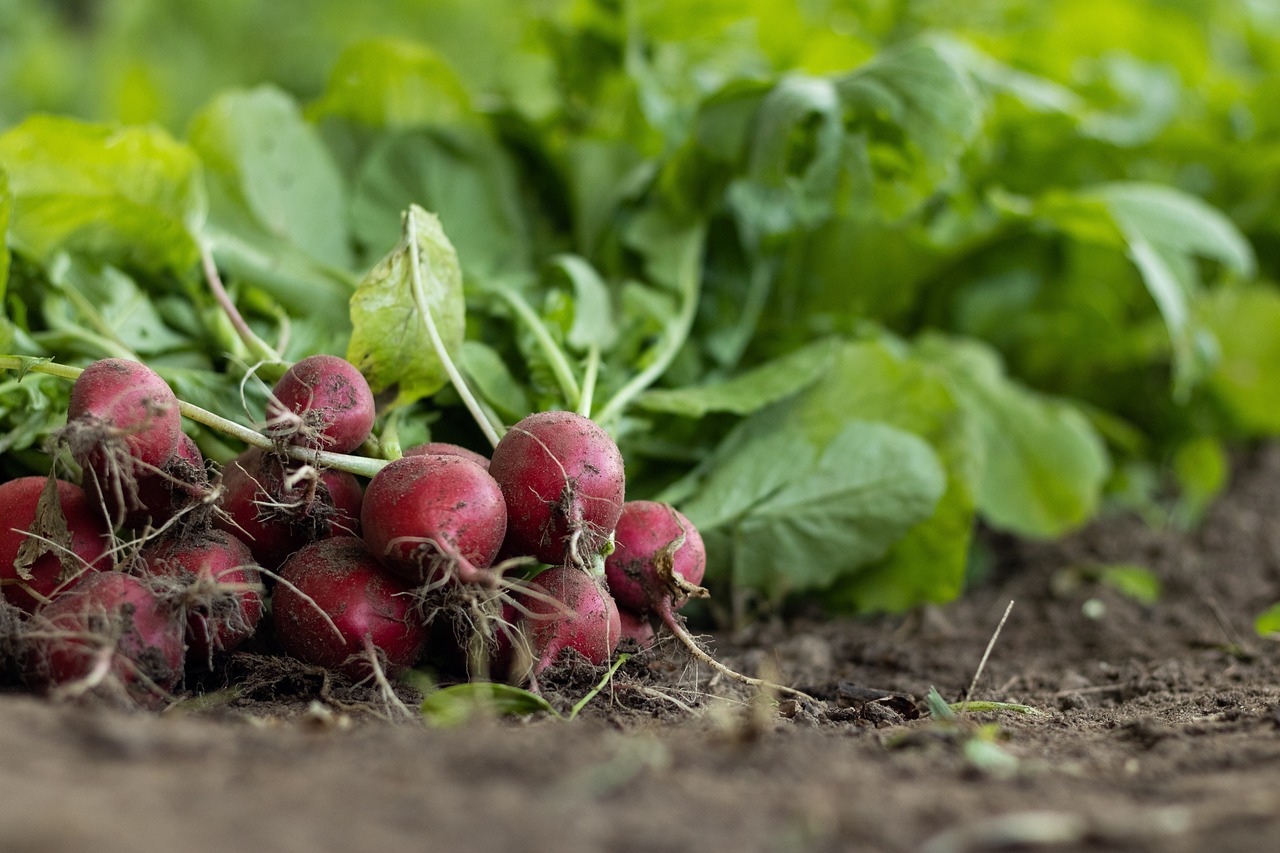
Impact on Crop Yield
The integration of robotics into agriculture has brought about a profound transformation in crop yield and quality. By utilizing advanced technologies, farmers can now achieve levels of productivity that were previously unimaginable. Imagine a world where every seed is planted with precision, where every inch of soil is monitored, and where data-driven decisions lead to bountiful harvests. This is the reality that robotics is creating in modern farming.
One of the primary ways robotics impacts crop yield is through enhanced precision farming. With the help of autonomous machines and drones, farmers can gather detailed data about soil conditions, moisture levels, and crop health. This data allows for targeted interventions, ensuring that resources such as water, fertilizers, and pesticides are used efficiently. For instance, a farmer can identify a specific area of a field that is lacking nutrients and apply fertilizer only where it is needed, rather than over the entire field. This targeted approach not only conserves resources but also maximizes crop growth potential.
Moreover, robotic systems can operate around the clock, performing tasks that would typically require a large workforce. This continuous operation means that crops can be monitored and tended to at optimal times, reducing the risk of disease and pest infestations. For example, drones equipped with advanced imaging technology can scan fields for signs of stress or disease, allowing farmers to act quickly. The faster a problem is identified and addressed, the less impact it has on the overall yield.
Additionally, the use of robotics can lead to better data collection and analysis. Farmers can utilize sensor technologies embedded in agricultural robots to gather real-time data on crop growth and environmental conditions. This data can be analyzed to forecast yields more accurately, allowing farmers to make informed decisions about planting, harvesting, and marketing their crops. The result? Increased efficiency and higher quality produce.
To illustrate this impact, consider the following table that summarizes the effects of robotics on crop yield:
| Robotic Technology | Impact on Crop Yield | Benefits |
|---|---|---|
| Autonomous Tractors | Increased planting accuracy | Reduced seed waste, uniform crop growth |
| Drones | Improved crop monitoring | Early detection of issues, targeted treatments |
| Sensor Technologies | Real-time data collection | Informed decision-making, optimized resource use |
In summary, the impact of robotics on crop yield cannot be overstated. By enhancing precision, ensuring timely interventions, and providing valuable data insights, robotics is paving the way for a new era in agriculture. As we continue to embrace these technologies, the future of farming looks not only more productive but also more sustainable. The potential for increased crop yields means that farmers can produce more food with fewer resources, which is crucial in a world facing population growth and environmental challenges.
- How do agricultural robots improve crop yield?
They enhance precision in planting, monitoring, and resource allocation, leading to more efficient farming practices. - What types of data do agricultural robots collect?
They gather information on soil health, moisture levels, crop growth, and environmental conditions. - Are autonomous tractors cost-effective?
While the initial investment may be high, they can significantly reduce labor costs and increase efficiency over time. - Can drones be used for crop spraying?
Yes, drones are increasingly being used for precise application of fertilizers and pesticides.
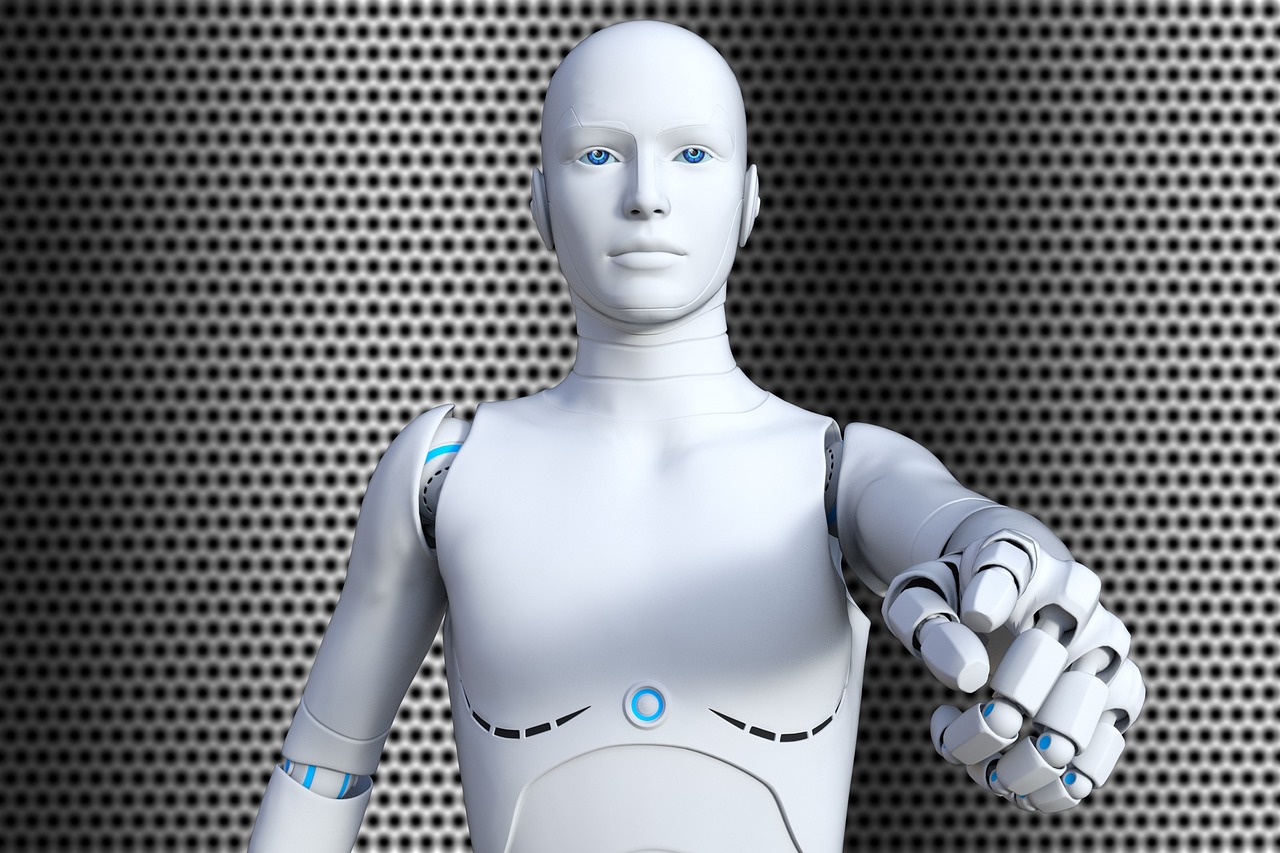
Future Trends in Agricultural Robotics
The future of agricultural robotics is not just bright; it’s positively dazzling! As we stand on the brink of a new era in farming, the integration of advanced technologies promises to revolutionize how we grow food. With the rapid advancements in artificial intelligence (AI), machine learning, and data analytics, agricultural robots are set to become smarter, more efficient, and increasingly autonomous. Imagine a world where farmers can rely on robots to not only plant and harvest but also make real-time decisions based on environmental data. This is not science fiction; it's happening now!
One of the most significant trends we can expect is the continued enhancement of AI integration. As robots become more intelligent, they will be able to analyze data from various sources, including weather patterns, soil conditions, and crop health. This capability will allow them to optimize farming practices on the fly, making adjustments that can lead to higher yields and lower resource consumption. For instance, a robot equipped with AI could determine the optimal time to irrigate a field based on real-time soil moisture data, ensuring that crops get just the right amount of water.
Moreover, we are likely to see the rise of collaborative robots, or cobots, that work alongside human farmers. These robots will be designed to assist rather than replace human labor, making tasks easier and more efficient. Picture a scenario where a farmer uses a drone to survey a large field while a ground-based robot handles the actual planting. This synergy between human and machine could lead to a more productive and sustainable farming environment.
Another exciting trend is the development of robotic systems for precision livestock farming. Just as robotics is transforming crop farming, it’s also making waves in animal husbandry. Robots are being designed to monitor the health and behavior of livestock, ensuring that farmers can provide the best care possible. For example, sensors can track an animal's movements and health indicators, alerting farmers to any potential issues before they become serious problems. This proactive approach not only enhances animal welfare but also improves overall productivity.
Additionally, sustainability is becoming a key focus in agricultural robotics. With the global population on the rise, the demand for food is increasing, and so is the need for sustainable farming practices. Robotics can help reduce waste, optimize resource use, and minimize environmental impact. For instance, robots can be programmed to apply fertilizers and pesticides only where necessary, reducing chemical runoff and promoting healthier ecosystems.
As we look ahead, the landscape of agricultural robotics will also be shaped by advancements in sensor technologies. These sensors will provide critical data that can be analyzed to improve decision-making processes. Enhanced sensors will allow robots to detect diseases in crops at an early stage, enabling farmers to take action before the problem spreads. This early intervention can significantly boost crop yields and quality.
In conclusion, the future of agricultural robotics holds incredible promise. With advancements in AI, collaborative systems, precision livestock farming, sustainability efforts, and sensor technologies, we are set to witness a transformation in how food is produced. The integration of these technologies will not only enhance productivity but also ensure that we can meet the challenges of feeding a growing population sustainably. As we embrace these changes, it’s essential to remain open to innovation and the possibilities it brings to the agricultural sector.
- What are agricultural robots? Agricultural robots are automated machines designed to perform specific tasks in farming, such as planting, harvesting, and monitoring crops.
- How do robots improve efficiency in agriculture? Robots can perform tasks faster and with greater precision than humans, leading to increased productivity and reduced resource waste.
- What role does AI play in agricultural robotics? AI enables robots to analyze vast amounts of data, make informed decisions, and optimize farming practices in real-time.
- Are there any challenges in adopting agricultural robotics? Yes, challenges include high initial costs, the need for skilled technicians, and the integration of new technologies into existing farming practices.
- What is the future outlook for agricultural robotics? The future is promising, with trends pointing towards smarter, more collaborative robots that prioritize sustainability and efficiency.
Frequently Asked Questions
- What is precision agriculture?
Precision agriculture is a modern farming approach that uses technology to optimize field management and improve crop yield. By utilizing data and advanced tools, farmers can make informed decisions that lead to better resource management and increased efficiency.
- How do agricultural robots enhance productivity?
Agricultural robots enhance productivity by automating tasks such as planting, harvesting, and monitoring crops. This automation reduces the need for manual labor, allows for precise operations, and enables farmers to cover larger areas in less time, ultimately boosting overall productivity.
- What are the benefits of using autonomous tractors?
Autonomous tractors offer numerous benefits, including reduced labor costs, increased precision in fieldwork, and the ability to operate longer hours without fatigue. These machines can perform tasks more efficiently, leading to better crop management and resource utilization.
- What challenges do farmers face when implementing autonomous tractors?
While autonomous tractors bring many advantages, farmers face challenges such as high initial costs and the need for skilled technicians to operate and maintain these advanced machines. Additionally, integrating them into existing farming practices can require significant adjustments.
- How are drones used in precision agriculture?
Drones play a vital role in precision agriculture by providing aerial views for crop monitoring, field mapping, and data collection. They help farmers assess crop health, identify issues early, and make data-driven decisions to enhance productivity.
- What types of data can be collected using agricultural robots?
Agricultural robots can collect various types of data, including soil moisture levels, crop health indicators, and yield estimates. This real-time data is crucial for farmers to analyze and make informed decisions about irrigation, fertilization, and pest control.
- How does robotics impact crop yield and quality?
The integration of robotics in agriculture significantly impacts crop yield and quality by enabling precise applications of inputs like water, fertilizers, and pesticides. This precision leads to healthier crops, higher yields, and ultimately better quality produce for consumers.
- What are the future trends in agricultural robotics?
The future of agricultural robotics is bright, with trends pointing towards improved AI integration, smarter machines, and enhanced automation capabilities. These advancements promise to further optimize farming practices, making agriculture more efficient and sustainable.












